A recent article on the news and commentary website Vermont Public, titled “Vermont farmers say they need more gov’t help as climate change causes more extreme weather,” claims that recent weather events which damaged crops and infrastructure in Vermont and elsewhere in the world are due to climate change. This is false. There has been no increase in extreme weather like flooding, cold snaps, or other natural disasters, globally or in Vermont. For as long as humans have grown crops, extreme weather events have impacted them, but production data from Vermont show that their main agricultural products, maple syrup and dairy products, have enjoyed significantly increased production even as the earth has modestly warmed.
The Vermont Public piece describes “unpredictable weather” faced by Vermont farmers this year, which resulted in crop and equipment losses, threatening farmers’ incomes. These weather events included severe flooding of the Lamoille River in early July, and a cold snap in May that damaged budding fruit trees. Vermont Public writer Lia Chien interviewed local organic farmers, who claim there is desperate need for government assistance.
Chien explains regarding flooding this year that in Vermont, “over 200 farms and 17,000 acres of farmland were affected by the floods, totaling over $12 million.”
As explained in the Climate Realism guest post by ecologist and geologist Jim Steele “The Dishonest Climate Fear-Mongering Headline of the Week Goes to @USATODAY,” Vermont has always been prone to severe flooding throughout the region’s history. Steele quotes a Vermont Historical Society paper that explains “[r]arely does a year elapse without a flooding event of a significant magnitude being reported in at least one of Vermont’s fourteen counties or perhaps statewide, making this the number-one hazard across the state.”
Several occasions in Vermont history saw extremely bad floods, including “The Great Flood of 1927” which resulted in the Winooski River rising 40-45 feet above its normal level. Vermont’s unique topography makes it prone to these kinds of events.
The organic farm owners interviewed for the Vermont Public story have their farm in the valley of Johnson, Vermont. For the Johnson section of the Lamoille River, National Weather Service data on historic river crests show that the flood of 1927 caused the record height at 27 feet, nearly 100 years of global warming ago, with the flooding from this year coming a distant second at 21 feet. The next records are from 1995 (19.98 feet), 1973 (17.23 feet), and 2019 (17.28 feet). Down the line of historic crests, there is no trend of increasing flooding events for the Lamoille. (See image below)

The article also mentions that the cold snap from this spring was bad enough that “U.S. Secretary of Agriculture Tom Vilsack approved Gov. Phil Scott’s request for a disaster designation for those affected by the freeze.”
However, cold snaps are not becoming more unpredictable. As discussed in Climate Realism posts here, here, and here, for example, the recent modest warming has produced longer growing seasons with fewer late season frosts. But, that does not mean that on occasion unexpected late season frosts will never occur now, as they have in the past, due to local weather patterns. There are just less likely to occur with regularity.
While the Vermont Public post worries over production of apples and other fruits, Vermont itself doesn’t even make the top ten list apple producing states. The honor of biggest apple producer is held by Washington state, which generally has a milder climate than Vermont.
Vermont’s main staple crops are maple syrup and dairy products.
The current trend in dairy farming in Vermont is a shift away from the smaller farms, and towards fewer larger farms, as evidenced by a declining number of farms but increasing number of cows-per-farm, producing around 300 million gallons of milk produced annually. Despite climate change, the records show no decrease in production.
Maple syrup is the product most often cited as threatened by climate change, but even that has been seeing increasing yields in the United States and Canada over time, as most recently explained by Climate Realism here and here. 2022 was a record-breaking year for Vermont maple syrup production, despite climate alarmist fears.
The article encourages moving to more organic farming and the use of solar and electric equipment, and other “climate friendly” farming techniques to combat carbon dioxide emissions to supposedly stop climate change. However, organic farming produces lower yields, and wind and solar technologies make farms more susceptible to vagaries of weather and extreme weather events, not less, regardless of climate change. Climate Realism has pointed this out many times.
The fact that weather is not getting worse, and that the production of Vermont’s top agricultural staples have increased, refutes the claim that that Vermont’s farmers are more threatened than ever because of climate change. Smaller organic farms in river valleys will always be at risk of catastrophic flooding, especially in a state like Vermont which is uniquely prone to severe floods. Although farmers may need some help getting back on their feet after a rash of bad weather events, there is no evidence of a long-term worsening trend for such events in Vermont. There is value in Vermont Public covering the plight of small farms in the state, but wrong to blame climate change for their recent misfortunes.


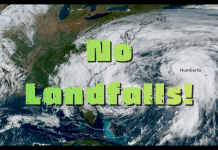

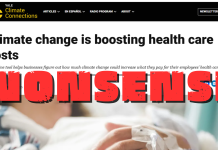
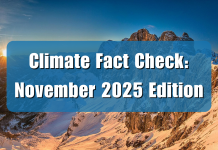
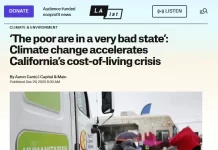
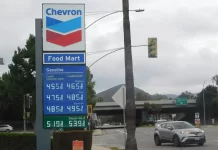






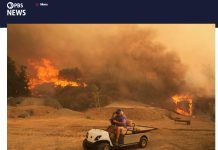
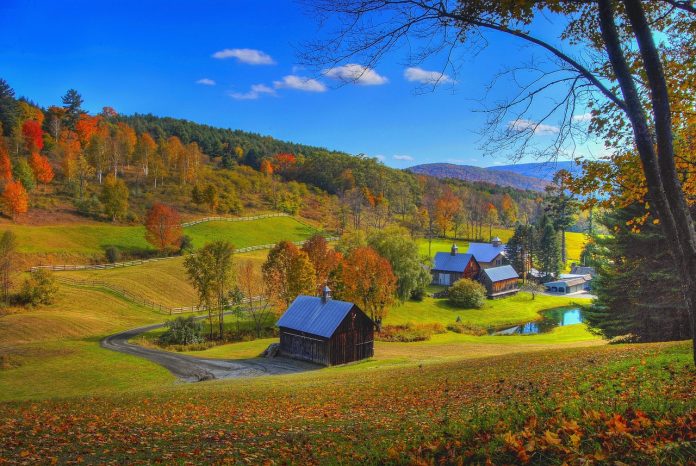









Linnea, I think the key factor is government money. They want it and will use any excuse to get it. I’m a farmer in IL btw.
Organic farming is how we farmed in 70’s and part of the 80’s. Labor and fuel intensive. Currently there is a very strong market for organic corn and soybeans, so we do it. The customer is always right if they are willing to pay. How long this lasts, since there is no safety or nutritional difference, is hard to tell. Many other organic commodities/products do not enjoy the same price premium because the customer sees no value. I’m sure plenty of folks Vermont would like Biden to force people to buy their products like the shot (“our patience is wearing thin”).